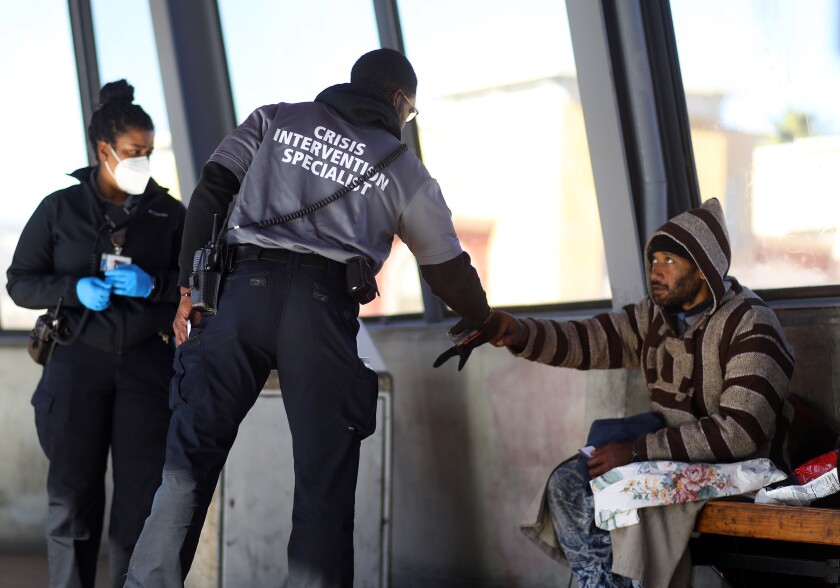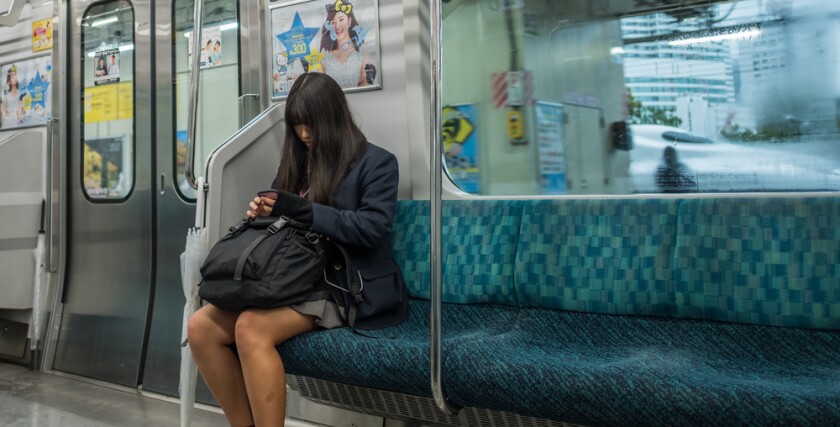But as public officials once again weigh asking Bay Area voters to pay more and prop up the flagging finances of commuter rail systems, a new poll sponsored by the Bay Area News Group and Joint Venture Silicon Valley finds little enthusiasm for the subsidies, and much less for the usual means — tax, toll and fare hikes.
“I view this as the region at a crossroads,” said Joint Venture President and CEO Russell Hancock. “I think voters may be telling us it’s time for fresh thinking.”
The poll of 1,802 registered voters in Santa Clara, Alameda, Contra Costa, San Francisco and San Mateo counties conducted Aug. 29-Sept. 6 by Embold Research found 56 percent say commuter rail — BART, Caltrain and light rail, like VTA and Muni Metro — is important for the Bay Area and must be maintained even if it costs taxpayers more money.
But that’s not enough support to meet California’s current two-thirds approval for such special taxes, and would barely clear a lower 55 percent threshold for such measures that state lawmakers are asking voters to approve next fall.
And it gets worse when Bay Area voters are asked about specific funding mechanisms. The most support was for raising the fares passengers pay to ride trains, and that was just 22 percent. It went down from there: 18 percent would raise bridge tolls, 16 percent would raise gas taxes, 11 percent would raise sales taxes and another 11 percent would charge autos per mile driven. The most popular response? None of the above, at 56 percent.
When Catie Amaral of Castro Valley was a teenager and young adult, she used to take BART into Berkeley and San Francisco. But like two out of three Bay Area residents surveyed, Amaral rarely if ever takes public transportation these days, even though she lives only half a mile from a BART station.
“It’s progressively gotten more and more dangerous and more expensive,” said Amaral, 31, a chef who works around the Bay Area and a single mother of a 6-year-old daughter. “I’m usually by myself and there’s people just openly doing drugs. It’s wild. There’s less and less police presence, less enforcement on the trains and in the stations. Especially for a young woman traveling, it’s really not safe.”
Even some regular BART riders who favor a bailout aren’t keen on the suggested funding measures.
“I feel there are ways to trim the fat in BART, so to speak,” said Tracey Rentner, 49, of Martinez, who takes the service several days a week into San Francisco for her job as an arbitration services case manager.
BART spokeswoman Alicia Trost said the agency has been listening to complaints and making changes. BART has offered incentives to hire more transit police and reassigned officers to double their presence on platforms and trains. In September, BART began running shorter trains with the idea that having more riders and officers in each car will reduce mischief.
“We have an all-out effort to address rider safety concerns,” Trost said. She added that BART isn’t administratively bloated compared to other transit agencies.
“We’re not as fat as people think we are,” Trost said.
The reluctance around the Bay Area to whip out the wallet and pay more for public transit is new, said Hancock, who for the last two decades has led 30-year-old Joint Venture, a regional urban policy research nonprofit supported by business, labor, academia and government.
In 2018, 55 percent of voters in all nine Bay Area counties approved a $3 toll increase over six years for most of the region’s bridges to pay for new BART railcars, high occupancy vehicle lanes, ferry service upgrades and Capitol Corridor rail improvements. The new poll showed just 18 percent of registered voters supported a toll hike.
Voters in Santa Clara County approved sales taxes to extend BART to San Jose in 2000, 2008 and 2016. Alameda, Contra Costa and San Francisco county voters in 2016 approved a bond measure for BART improvements. And voters in San Francisco, San Mateo and Santa Clara counties in 2020 approved a sales tax to support Caltrain. All of those required two-thirds support.
“Historically, there’s strong support for transit in the Bay Area, and it’s been quite striking,” Hancock said.
But since COVID-19 arrived — touching off a work-from-home trend that has outlasted the pandemic — transit ridership hasn’t rebounded, even as traffic has risen.
The poll found that since 2021, more Bay Area residents see crime and homelessness as extremely serious problems, while fewer say the same about traffic congestion.
“Employers may be grumpy about this, but people are really clear: ‘I like being able to work from home,'” Hancock said. “That’s real stuff, and that’s permanent. Now people are taking a fresh look at transit, asking whether there’s a need. At the same time, there’s funding fatigue. The bridge tolls have gone up several times, and now people are talking about more. That’s true of the fares as well. People are starting to cry uncle.”
Laurence Lu, a 22-year-old student in Santa Clara who’s able to take classes at Mission College remotely, was among those polled who said commuter rail costs enough already, and service should be cut back rather than asking for more money “in a futile effort to claw back a demand that may no longer be there.”
“It looks like many Americans — particularly the tech workers vastly overrepresented in Silicon Valley — will be working from home for the foreseeable future,” Lu said.
Bay Area transit ridership actually is fairly respectable. Nationally, a 2016 Pew Research Center survey found that 11 percent of Americans take public transportation at least weekly, and 21 percent of urban residents use it regularly. But public transportation ridership nationally in 2022 was 62 percent of pre-pandemic levels in 2019, according to American Public Transportation Association figures.
The Bay Area News Group and Joint Venture survey found 19 percent of respondents use it at least weekly. Of those who ride less than once a week, 47 percent said they prefer to drive, 46 percent said public transportation doesn’t go where they need to go, 43 percent said it takes too long, 37 percent said it’s too dangerous and 35 percent said it’s too dirty. Just 14 percent said public transportation costs too much, the same proportion who said they don’t take it because they work remotely.
Asked whether bus networks or commuter rail should be given priority, 52 percent said they favored the buses.
Royce Ruiz of Union City, who lives near a BART station and regularly uses it to travel around the East and South Bay for his work as a Baptist minister, said he’d support higher bridge tolls, gas or sales taxes or charging autos by miles driven to maintain it.
Ruiz, 39, whose family owns two cars, says automobile travel is heavily subsidized, masking its true cost. And though he occasionally sees problems with some riders on BART, he feels the trains are safe and more so when they have more riders.
“I think it’s worth investing in our rail infrastructure so people will use it so it will result in those full trains,” Ruiz said. “There’s a net benefit to society, including people who have to drive, because by having full trains, you have less traffic.”
But while most around the Bay Area would tend to agree, there may no longer be enough of them to support new funding measures.
“Until they offer routes to people that get them where they need to go — and safely — it’s not going to work,” Amaral said. “It’s one these situations where just throwing money at it isn’t going to change the problem itself.”
Related Articles













